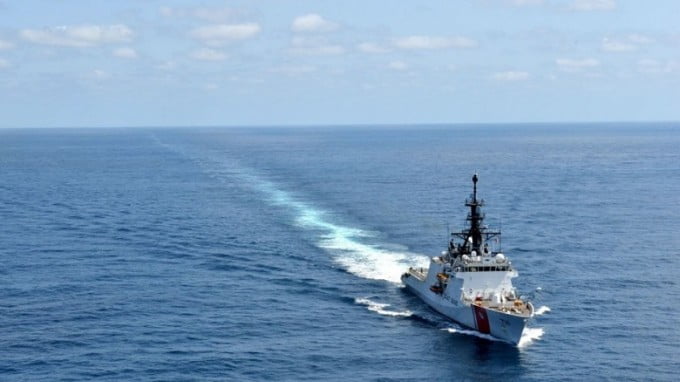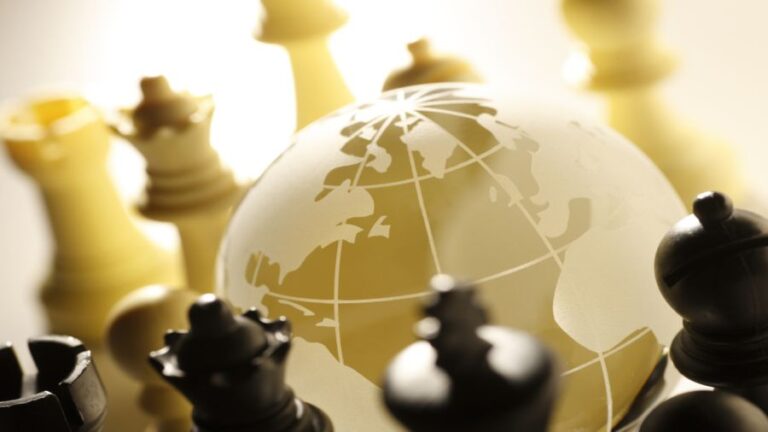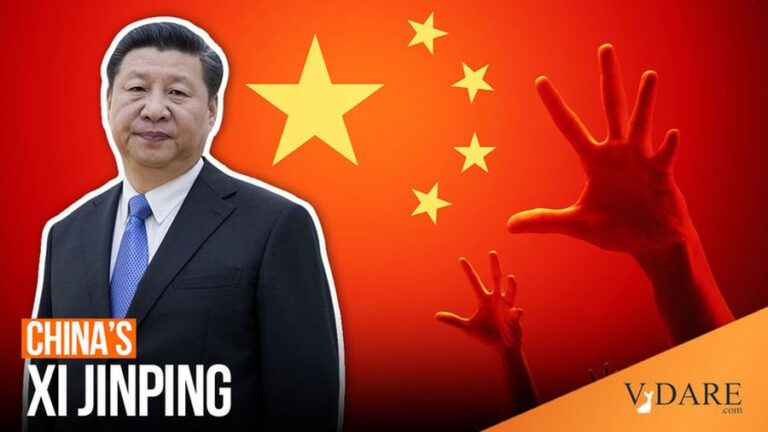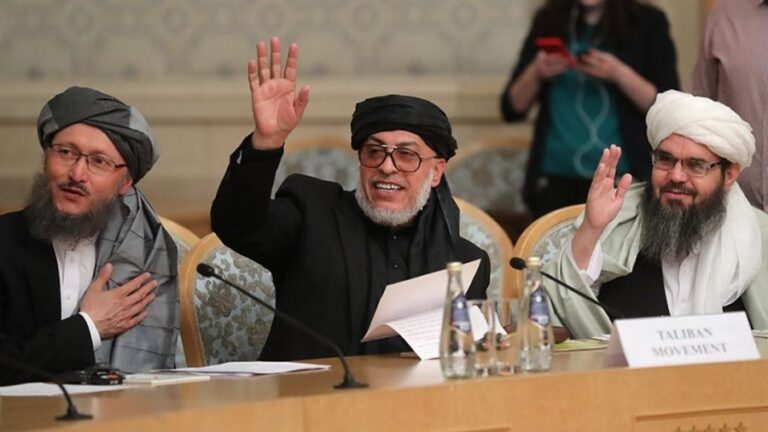Sri Lanka is a Victim of Global Turbulence
We left the subject of the crisis in Sri Lanka in another state of aggravation when the second of the Rajapaksa brothers (Gotabaya) was still in office. Despite demands from the “street” to step down following his elder brother Mahinda, who resigned as prime minister on May 9.
However, in early July, President Gotabaya Rajapaksa had to announce his resignation as well. Fearing the fatal consequences of the mob’s wrath (as usual, “senseless and merciless”), which had earlier carried out a pogrom on the Rajapaksa family estate, the two brothers fled abroad.
It is safe to say that they have fallen victim not so much to their own mistakes (some abuses are not excluded), but to circumstances of a global nature, the extent of which is far beyond the influence of any Third World politician. However, the global political and economic drama unfolding before our eyes seems to be becoming a test for its main actors as well.
The three brothers who ran the country (one was also speaker of parliament in the first half of the last decade), who stayed in luxury apartments while the country quickly developed a situation of “lack of almost everything”, simply could not avoid the very negative attention from “the active part of the public”.
Meanwhile, only two and a half years earlier, the brother-led political forces had won the support of the same population in a quite democratic general election. Their main outcome was the assumption of the presidency (quite significant in Sri Lanka) by the younger of the Rajapaksas (Gotabaya), an inexperienced politician but a popular general who was instrumental in the victorious conclusion of the thirty-year war in the north with Tamil separatists.
No negative emotions were then aroused by the new president’s appointment of his elder brother (Mahinda) to head the government, who, by contrast, is precisely an experienced statesman, having served as president from 2005 to 2015 and led the government on numerous occasions (but each time briefly).
Apparently, the people then felt that the Rajapaksa tandem would provide much-needed domestic stability and set in motion a process of solving economic problems. For this, some of the older brother’s past “sins”, such as the construction of the Hambantota port at the southern end of the island, could be overlooked.
It is likely that much of the corruption claim against the Rajapaksa family stems from this project, which was being built by Chinese companies. It is also pointed out that the family itself hails from the province where Hambantota is located.
However, at the conception of the very idea of such construction, it may have looked like a promising business project. As a result, it could have created a transhipment hub 50 kilometers from one of the largest sea trade routes. It is possible that this will be the case in the future. But for now, Hambantota cannot compete with the long-operating port in the Colombo area, which has undergone extensive modernization.
Overall, the project has proved to be unprofitable, unable now to recover even current operating costs. Not to mention the payment of loans from China, which has had to lease the port in question for 99 years.
This latter fact immediately provoked fears on the part of India (and the US) that the PRC might use it as a base for Chinese naval ships. Clarification followed from Colombo that assurances had been received from the PRC leadership that the concerns in question were completely unfounded.
However, at the end of July this year, it was brought to India’s (and the US’s) attention that one of several Chinese “research” Yuan Wang-class ships, which (allegedly) provide space communications for the PLA’s nuclear missile forces in particular, might call at Hambantota port at the beginning of the second decade of August. In response to the media fuss, the Chinese Global Times explained that even in this case there is no reason for unrest (for those who, generally speaking, are not concerned).
The “Hambantota factor” has also been actualized in Sri Lanka itself, but due to the aggravation of the eternal question of “who is to blame” for the worsening situation of the provision of essential products and services, the growing external debt and the impossibility of servicing it. Over the last two and a half years of the Rajapaksa brothers’ rule, the country’s foreign debt has risen from 85% to 104% of GDP and foreign exchange reserves have quadrupled. By the spring of this year, the country’s leadership was forced to declare its refusal to pay foreign debts.
That is, the expectations of the “electorate” of a miracle in connection with the election of the new government were not fulfilled and the traditional “Down with Rajapaksas” erupted. Meanwhile, the author goes on to insist that the recent (almost) people’s favorites, who have quickly become hated, and with them the country as a whole, have fallen victim to circumstances that are labelled “force majeure”.
Of these, the first, related to the COVID-19 pandemic, manifested itself just a few months after the Rajapaksas came to power. Perhaps the most severe consequence of the disaster was the collapse of the tourism industry, one of the main sources of foreign exchange earnings for the state as well as directly into the pockets of a large number of citizens. Because of the “COVID” restrictions, the volume of tourism revenue has dropped fivefold. In addition, the same restrictions have created problems in the “international logistics supply chain”, which has had a particularly negative impact on Sri Lanka’s export-import-oriented economy.
It is also negatively affected by another global factor in the form of the increasingly globalized concept of a “green economy”, which, among other things, has no place for most of the fertilizers used in modern agriculture. The Sri Lankan leadership has allegedly been over-zealous in following this concept, which has had a negative impact on agricultural productivity.
Finally, the third factor provoked an already final crushing blow to the country’s domestic political stability. It originated far from Sri Lanka and is linked to the events in Ukraine, when a global energy crisis was triggered under the pretext of fighting the “Russian aggressor”.
It should be noted, by the way, that this latter led not only to the emptying of gas stations in Sri Lanka, but also proved self-defeating for the initiators of the anti-Russian “sanctions war”. There are a suspicious number of local “samurai” in the political elites of Europe and the US, ready to commit seppuku in the name of “protecting freedom and democracy in Ukraine” and to shame and rebuke the “Russian aggressor”.
So, in early July, the second Rajapaksa was also effectively removed from power in Sri Lanka and Ranil Wickremesinghe, also far from being a novice in the field of governance, was elected to the presidency by the country’s parliament. He has been acting prime minister since early May, following the resignation of the senior Rajapaksa.
The new president immediately addressed (though rather continued what he had done during the previous two months as prime minister) two key, interrelated issues. That is, lowering domestic political tensions and finding (naturally, external) sources of money for what they call “basic necessities”.
While it is too early to see any positive progress on either issue, there is also the lingering negative impact of the “external” factor (partly identified above in connection with the recent events around the port of Hambantota). The extremely important strategic location of the island where the country in question is located has always been a reason for the world’s leading players to pay close attention to it.
So far, it is too early to talk about any positive developments in the situation in and around Sri Lanka as a consequence of the new president’s actions. However, as the example of the Rajapaksa brothers’ rule shows, there is no reason to delay initiating them.







